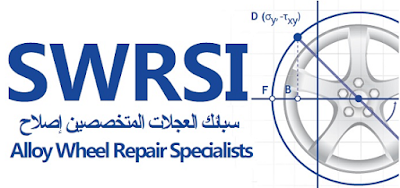
You needn’t be an experienced computer hacker to fool a car’s sensor-based driver-assist systems—you simply need a projector. Apparently, that’s all it takes to trick a Tesla equipped with Autopilot 2.5 hardware or any vehicle using 630 Pro driver-assist tech from supplier Mobileye.
Ben Nassi, a Ph.D. student at Ben-Gurion University of the Negev, discovered the flaw and shared it in a research paper titled “Phantom of the ADAS: Phantom Attacks on Driver-Assistance System.” But let’s face it, you don’t want to read an entire research paper with phantom redundancy in its title. So, instead, watch the YouTube video Nassi and his team posted with their findings. In one test, a two-dimensional image of a person projected onto the road causes a Tesla Model X to slow down as if the projection is a physical being. Likewise, projecting fake lane markers on the ground leads the Model X to temporarily ignore the road’s physical lane lines. In Nassi’s testing, the crossover would follow the artificial lane markers into the wrong traffic lane, likely because the projections were brighter than the real-life markers.


Similarly, Mobileye’s 630 Pro technology proved easily confused by projected imagery. Notably, Mobileye’s traffic sign recognition system was fooled into relaying incorrect speed limit information to the driver due to its inability to distinguish between projected and physical speed limit signage.
For what it’s worth, other driver-assist systems may suffer similar responses to projected imagery. However, the study only tested the Tesla and Mobileye setups “because their products are the best and most popular products available on the market.” And it isn’t clear whether the projections would have any effect during daylight hours, when they wouldn’t stand out in sharper contrast than their real-life surroundings.
The team’s findings are nevertheless problematic, as we can imagine rabble-rousers using projectors to trick unwitting vehicles into entering the wrong lane of traffic, engaging their automated emergency braking systems, or displaying incorrect speed limit information to their drivers. Nevertheless, this study serves as just another reminder to drivers that assist systems like these exist to help make driving easier and safer; they do not replace the act of driving—or paying attention—entirely.
The post Tesla’s Autopilot Driver-Assist System Tricked By Ghostly Projections on Roadways appeared first on MotorTrend.
Source: WORLD NEWS
